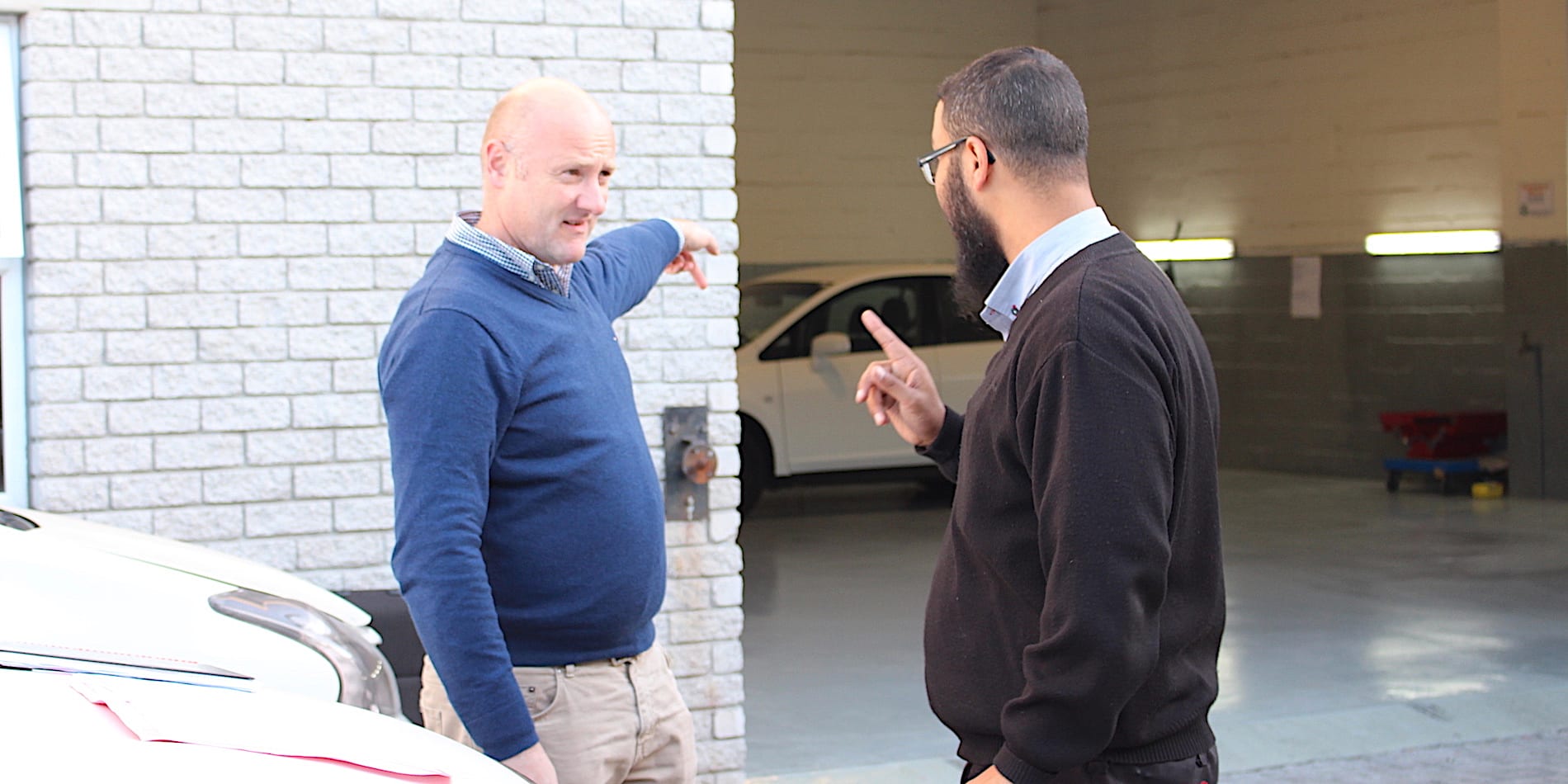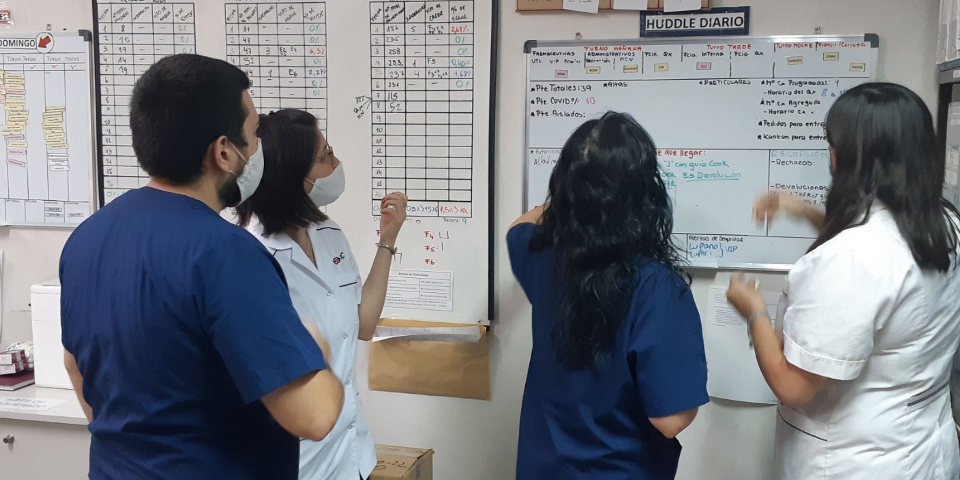
If you learn, there is no failure
FEATURE – In this article, you’ll understand how potential errors can become an endless source of personal and managerial growth.
Words: Flávio Battaglia and Luciana Gomes
In a sophisticated and hyper-connected business world, certainty is hard to come by. This impacts companies in various ways, especially in the leadership of those organizations that need to innovate constantly to differentiate themselves to achieve and maintain success.
In this context, it is strategically important to understand how to practically deal with failure, which is a common and natural occurrence in the daily life of any business.
When it comes to failure, an important variable is time. “Failing fast” means learning more rapidly. This is because by quickly recognizing that you are going in the wrong direction, you can stop the process, interrupt the generation of waste, and redirect your energy, time, work, and resources to seek a new, better path. Such a pivot can optimize results and yield very relevant learnings.
“Failing fast” needs to be encouraged (and never punished) when it is followed by course corrections and learnings. But there is a caveat: for this to really work, leadership needs to set the example. They need to be the first to not mind responsible risk taking, making it clear that it is fine to make mistakes if they generate “smart failures”.
For this to really work, the relationship between leaders and followers must be based on a lot of trust and mutual respect. This is not so simple to achieve in the day to day, which is often full of stress and personal disputes. Yet, it is the only way to create an environment in which exposing and solving problems becomes natural – the basis of Lean Thinking. Conversely, when the environment is characterized by finger-pointing, punishment, and the attribution of mistakes to people rather than processes, trust cannot be achieved, and the organization starts to experience a climate of fear.
Such an exaggerated focus on hierarchy and command-and-control is one of the biggest mistakes of companies following traditional management thinking. It will result in problems being swept under the rug and in employees lacking psychological safety (which, in Timothy Clark's model, is comprised of four elements: feeling included, learning, contributing, and challenging the status quo).
From the perspective of innovation, a traditional fear-based organization won’t be able to reap the benefits of diversity, security, and transparency. The engagement of the team will be lost, their full potential left untapped, and “more of the same” will be produced.
In the light of all this, we believe it is necessary to rethink failure within organizations. It must be seen as a real and powerful opportunity for generating learnings, both individual and collective, improvements, and innovation. This is the experience of Isao Yoshino, for example (as told by Katie Anderson in her book Learning to Lead, Leading to Learn, recently published in Portuguese by Lean Institute Brasil): during his 40 years at Toyota, his failures became a source of knowledge and managerial evolution. As Yoshino says, “failure is not failure if you learn something important that you could never have learned otherwise.”
The practices of Toyota – which represent the foundations of a lean system – have always moved in this direction. In Lean, a leader believes that no one goes to work with the idea of doing a bad job (quite the opposite, in fact). However, processes (which people have likely not created themselves and have little to no power to change) can quickly go from good to problematic, from stable to unstable, and this is what generates failure.
In their daily practice, leaders should ask “why” more often than they do “who”. Not only does this avoid the dangerous practice of blaming people, but it also helps the team to understand the root causes of the problems or mistakes marring the process. A lean attitude encourages people to be open to flagging up and solving problems and enhances learning. This, in turn, allows for more improvements and more innovation, gradually involving more and more people. It is what makes organizations that are lean at their core competitive in their respective markets.
How is lean leadership different, then? The mentality of a lean leader is almost like that of an apprentice, in that it is based on the idea of “knowing I don’t know everything”. Therefore, it inherently encourages them to try and understand problems and find solutions, to show vulnerability (they fail like everyone else) and to always strive to learn from mistakes without blaming people.
Lean leaders are learners as much as they are teachers. They are responsible for challenging their people to develop their competencies through problem solving, supporting them through it, and tapping into their potential to continually improve their work. This is done by giving teams complete visibility of their purpose, objectives, and goals, and by fostering collaboration and teamwork.
The precondition for lean leadership is listening actively and enthusiastically, always being present at the gemba, and developing an understanding of the work.
In summary, a lean leader “sets the stage and invites participation,” to borrow the words of Amy Edmondson. Their humility (placing themselves in the position of learners and recognizing their own shortcomings) encourages the team to contribute, dare, and learn, blazing new trails in the pursuit of ever-greater challenges and higher purposes and ultimately contributing to the success of the organization.
In 2024, like on every other year, structural challenges will be a part of your daily life at work. We encourage you to spend the Holidays to reflect on your relationship with your people and on how you can improve it. This is your way to managerial success in 2024!
THE AUTHORS


Read more


FEATURE – The role of the coach in a lean transformation is an often-debated topic. The author discusses his experience building the architecture of the Halfway turnaround.


FICTION – The pandemic is throwing curveballs to us all, including a certain bearded gentleman who lives in the North Pole – until a magic “time-bending” solution is presented to him, that is.


CASE STUDY – This hospital in Argentina has leveraged the power of Lean Thinking to greatly enhance patient care, even in the pandemic, and receive internationally renowned accreditations.


FEATURE – Attracting, developing and retaining talent has become a pressing issue in the corporate world, as new generations show skepticism towards traditional management. Lean is the answer, say the authors.
Read more


FEATURE – If you think one is born a leader, think again. Leadership can be learned and, in this article, the author provides a four-step guide to developing it.


INTERVIEW - What does "leading through incompetence" mean? Peter Willats discusses the role of leadership in a lean management system and the evolution of lean thinking.


PROFILE – We may think it is cut and dried, but lean thinking is, in fact, full of paradoxes and trade-offs. According to Cécile Roche, learning to navigate them is one of the defining traits of a lean leader.


FEATURE – There are five dimensions to a lean transformation – purpose, process, people, management behaviors, and mental models – and it is the role of leadership to adjust its stance to each of them.

